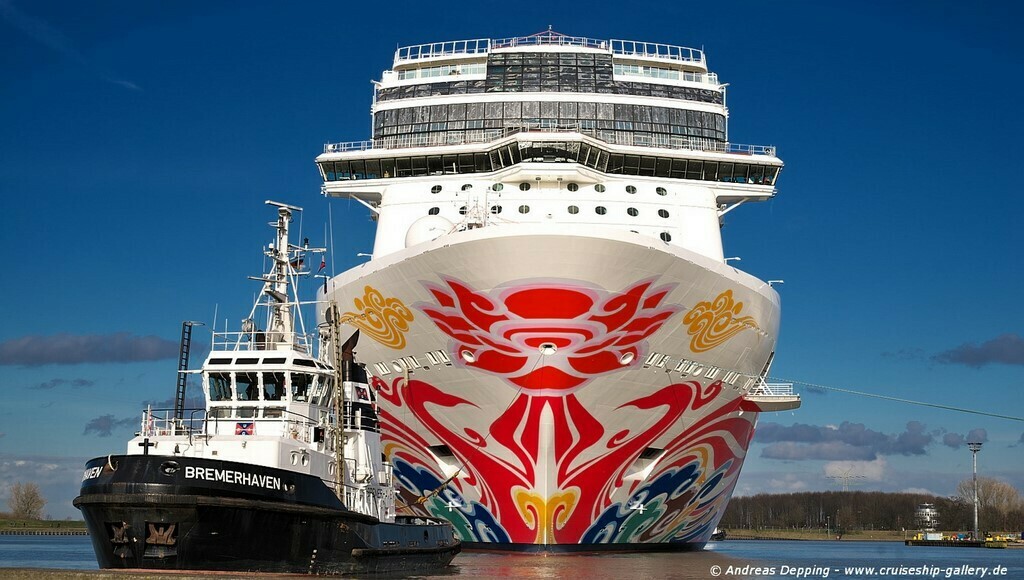Industry leaders came together on Tuesday morning in South Florida to discuss the state of the global cruise industry, which is expecting record capacity growth through 2026.
Among the panelists were Arnold Donald, president and CEO of Carnival Corporation; Richard Fain, chairman and CEO of Royal Caribbean Cruises; Frank del Rio, president and CEO of Norwegian Cruise Line Holdings; and Pierfrancesco Vago, executive chairman of MSC Cruises.
“It’s the greatest vacation experience there is, we just need to get more people to know about it,” said Donald.
Fain said the cruise offering value proposition was taking hold not only in the United States, but also in Europe. “Asia is just exploding,” Fain said.
The overall challenges revolve around the Caribbean, Capacity and China, as well as diversifying the product.
“Answering the question of where is critical to the success to every voyage and to the ultimate success of the cruise line,” said del Rio of itinerary planning. “Where is truly critical. This is why itinerary planning and destination planning is so important. To this day, I review every itinerary for every ship before it goes on sale.
“Guests determine what a cruise sells for and price, or yield, will determine a cruise line’s profitability,” del Rio said.
He pointed to an example of summer deployment, where a ship in the Baltic would earn nearly double the yield of a ship in the Caribbean.
So far, 2017 has been robust, according to the executives, who said it would be a good year and bookings and pricing were positive. Del Rio even referred to the all-time-high stock market as the “Trump effect.”
“The Trump administration is a pro business government and we’re all going to benefit from a basket of initiatives,” del Rio said.
In 2016, earnings were largely driven by increased passenger capacity and reduced operating and fuel costs, as well as increased onboard spending per passenger day, while ticket revenue per passenger day was down year-over-year
Del Rio said shore excursions were the number one source of onboard revenue.
“Destinations not only sell tickets, but generate the most amount of onboard revenue,” he said.
After several cost conscious years, it will be increasingly hard to find any more savings to squeeze out and with fuel prices starting to pick up, it will be more difficult to maintain the earnings momentum, which has also benefitted from share buy-back programs.
Carnival Corporation recently told investors to expect $70 to $80 million cost savings annually.
One way to meet that challenge is to build new ships that are more cost efficient than previous generations while also offering more onboard revenue options.
Another way is to tap into new markets, such as China, and offer new premium destinations, such as Cuba.
In China, record growth in 2016 is being backed up by another strong year of capacity growth, but the curve is moving down, although new ships from Star Cruises and Carnival Corporation will move the needle again in the early 2020s.
In the Caribbean, things are again heating up as capacity is being pulled out of Europe due to various issues.
“Our assets move, and we will follow the trends of where our customers want to go, whether its China or Cuba,” said Vago.
With some 82 ships on order, destinations must prepare for more and bigger ships, and cruise lines must keep an eye on the supply/demand scenario.
“Never in the history of cruise shipping have we had an orderbook going out 10 years,” said Vago.
“(Capacity growth) is constant,” del Rio added. “The result has become congestion in some of the world’s visited destination. As a result, the industry has looked to new source markets to deploy its ships … and new destinations in such heavily trafficked areas.”
Cruise lines are also investing in their own ports, and spending money on homeport infrastructure development, del Rio said.
Fain said it was important to continue educating local and national governments on how much the cruise industry contributes in terms of jobs and local economic impact.
“When you have that kind of economic impact, governments tend to what to encourage it,” Fain noted.
Capacity growth will be the underlying story for the next decade, with the average new ship coming in at the 3,000 passenger mark. Some of these ships will replace older vessels, although those cruise ships are generally smaller and less efficient.
For consumers, this means better prices, new destinations and new and exciting ships.





